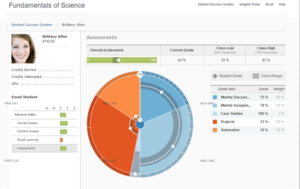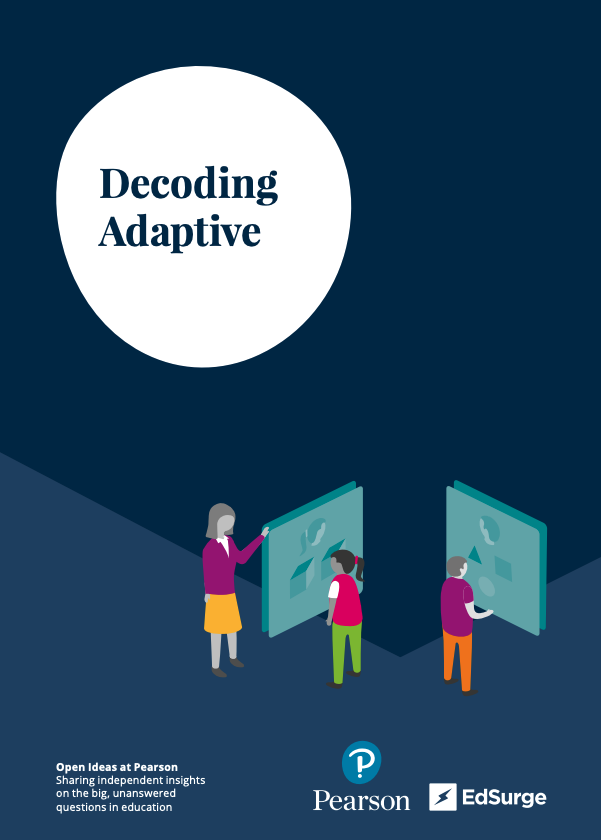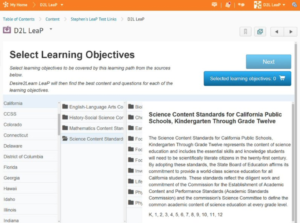1
Adaptive learning platforms can be identified as:
This method of interaction is much different than using a standard textbook or even online courses set up through a typical learning management system (LMS). The adaptive technologies will identify gaps in students’ knowledge, adjust accordingly and determine the next steps that students can take to “fill” the gap.
Another definition of adaptive learning that may help in this discussion is,
Edsurge and Pearson in their “Decoding adaptive report” have cited that there are three ways that platforms can adapt:
Adaptive content: When a student makes a mistake the platform will offer feedback and hints based on the misunderstanding. It can also provide resources for students to utilize to increase their knowledge in the area of struggle.
Adaptive assessment: This type of adaptation will change the questions based on how a student answered the previous one. If they struggled the next question may be easier or if they were successful the difficulty of the questions will increase.
Adaptive sequence: This platform utilizes AI to collect and continually analyze student responses to change the progression each student sees. Each student will have a personalized learning path.
In this manual, we will be using Brightspace’s LeaP adaptive learning platform as our tool of choice. While there may be differences between different adaptive learning platforms, and not all platforms are created equal, LeaP provides an overview of what all adaptive learning platforms are capable of.
LeaP by Brightspace
LeaP Works on an adaptive learning algorithm. As students learn so does the adaptive learning engine. This means the more it is used, the more it will learn and be able to adapt content to personalize learning pathways. As with most adaptive learning platforms, LeaP allows for personalized learning plans for individual students.
LeaP works on the philosophy of Right content, Right questions, Right time. The power of the LeaP platform lies in its adaptive learning engine. The platform acknowledges that setting up a system can be time-consuming and frustrating for instructors so LeaP’s adaptive learning engine will curate the materials and links them to the learning objectives. This can be done through existing content in the current LMS or from outside sources (including open educational resource repositories).
LeaP can be used in different ways:
As a lesson/course on its own- You can create modules to be personalized learning paths. All the learners are initially presented with a default learning path. The personalization begins once the learners start using the assessment tools.
As test preparation- The LeaP can be used as a formative assessment tool so that learners can review and check their understanding of the material. In this instance, the LeaP would be set up at the end of a module.
As a personalized tutor- Learners can be directed to LeaP when they are struggling with certain topics. In this case, the pre-test option would be enabled and the mastered content would be hidden to ensure that LeaP is delivering content only for the objectives that the learner is struggling with.

LeaP, as is true with most adaptive learning platforms, has a very robust analytics capability that can be fully customized by the institution or the instructors.
LeaP is owned by bright space, the owners of the D2L learning management system. LeaP can also be integrated into other LMS’s such as Moodle, Blackboard, or Canvas. It can also be used as a stand-alone application.



